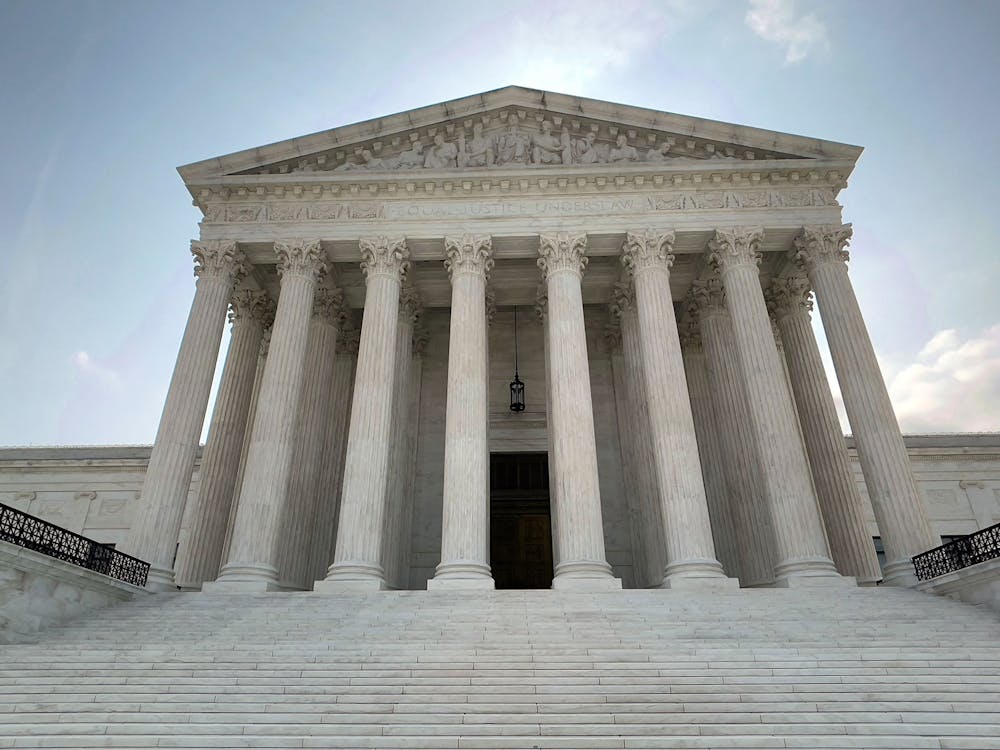Last week, UNC — alongside Harvard University — made national headlines after the Supreme Court agreed to reconsider the universities’ affirmative action policies.
According to the ACLU, affirmative action is a policy that allows factors like race and gender to be taken into account in order to ensure equitable admissions opportunities for minority students and women.
The lawsuit, which will appear before the Court in October, states that these admissions practices have benefitted Black and Hispanic students here at UNC. The case against Harvard's affirmative action policy rests on the idea that Asian American students are unjustly penalized.
This thinking relies on research from a 2009 book: “No Longer Separate, Not Yet Equal” by Princeton sociologists, which compared the SAT scores that Black, Hispanic, white and Asian American students must receive in order to have equal chances of admissions under affirmative action.
The resulting data was framed in a way that forever changed the legal debate around affirmative action: white and Asian students are “penalized” for their standardized testing performances, while Black and Hispanic students receive “bonus” points to their scores. White opponents to affirmative action have long exploited this way of thinking.
In reality, affirmative actions policies are more nuanced than this framework leads us to believe — college admissions do not dole out bonuses or penalties on SAT scores based on race as a means of getting a holistic view of an applicant for admissions.
This way of thinking also perpetuates the idea that colleges are manufacturing artificial hierarchies of achievement that unjustly situate Black and Hispanic students at the top, leaving white and Asian students lower on the totem pole.
The first and perhaps most obvious way in which this thinking is dangerous is because it assumes that — in absence of affirmative action — white and Asian students would “naturally” rise above other minority students. While systemic racism in education impacts achievement for many students of color, this thinking challenges the inherent merit and ability of these students.
It's worth noting that white women have been the primary beneficiaries of affirmative action policies.




